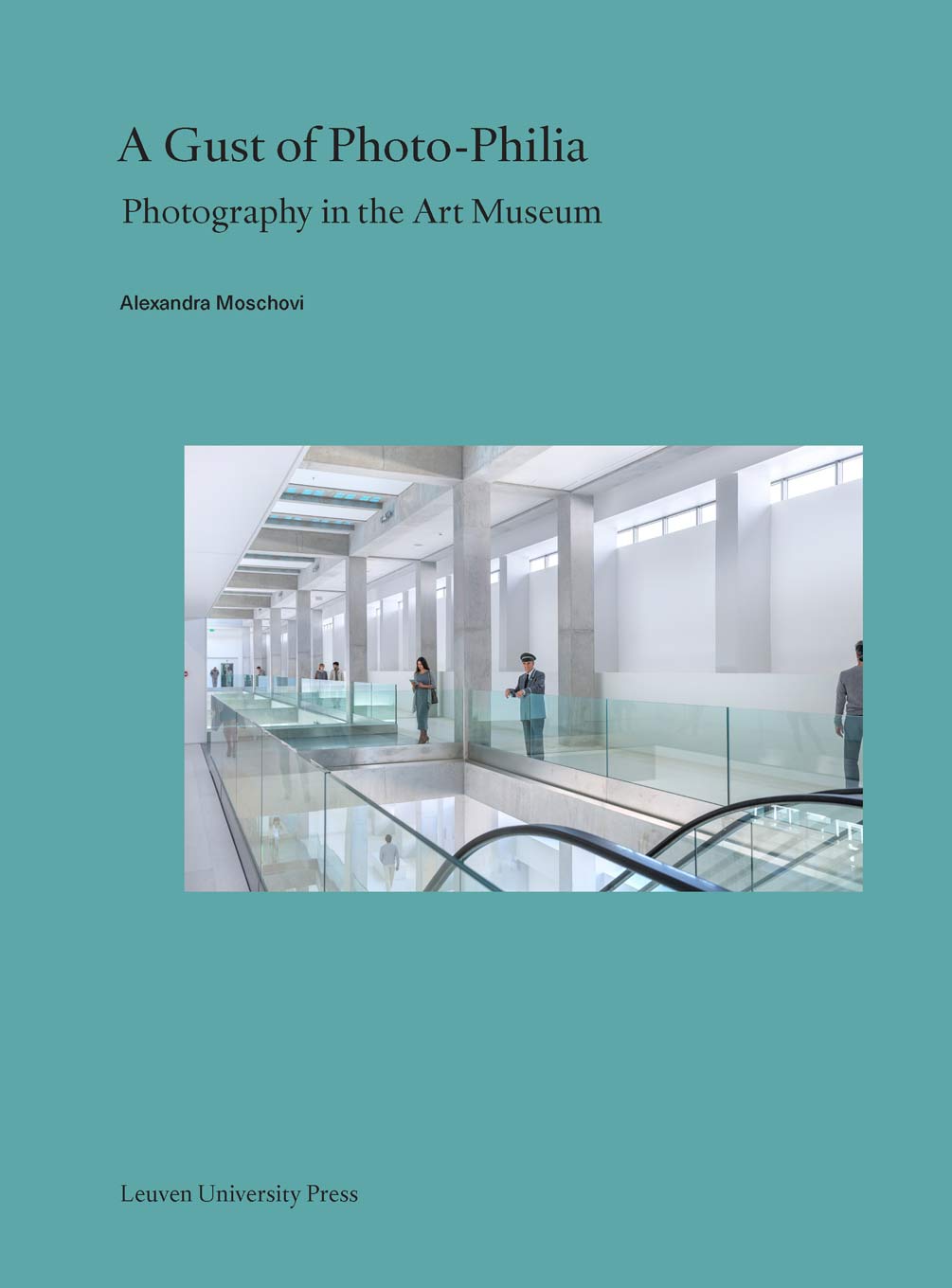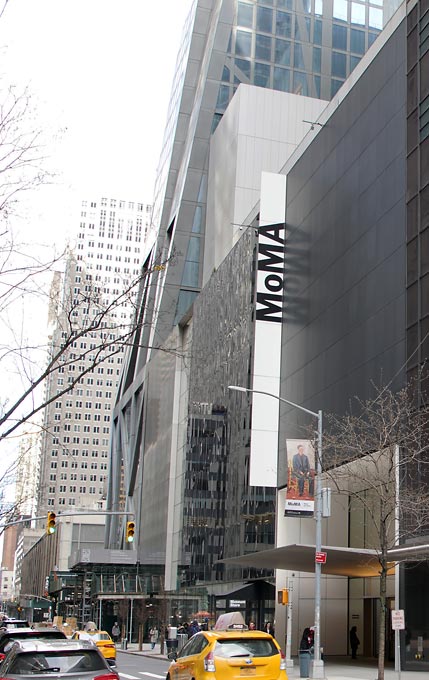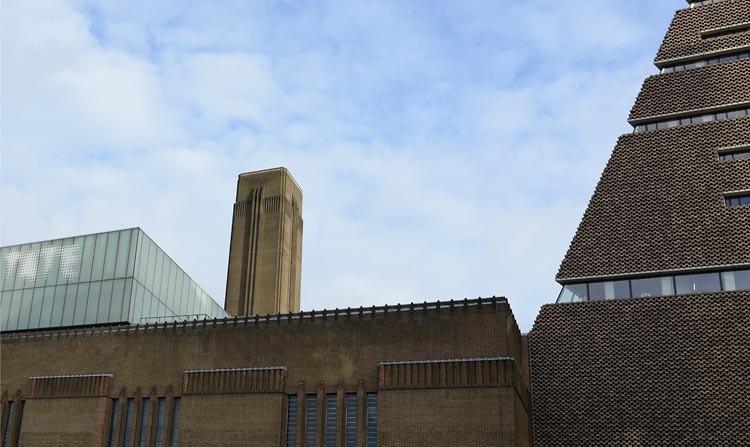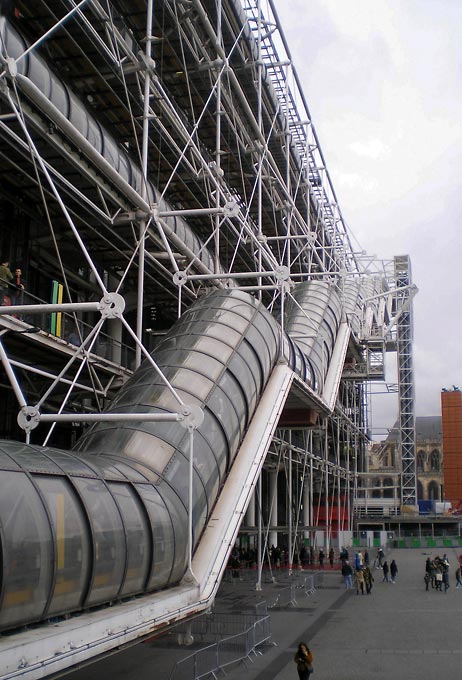Where does photography stand in today’s art museum? And how did it arrive there? These questions are at the heart of Alexandra Moschovi’s new book, A Gust of Photo-Philia: Photography in the Art Museum. The result of two decades of research into art institutions’ engagement with photography in all its forms, this book is a detailed and archivally-engaged examination of photography’s accommodation in the art museum.

Moschovi, an associate professor of photography and digital media at the University of Sunderland, surveys photography’s museum status in a series of case studies, examining the Museum of Modern Art, the Victoria and Albert Museum, the Guggenheim, the Tate and Centre Georges Pompidou in a series of five illuminating chapters. Each of these institutions has played a significant role in the evolution of photography as it is presented in contemporary cultural institutions around the world, and at the heart of each chapter is the idea of how museum presentation can shape our perceptions of the photographic medium.

Among the many accounts of institutional engagement with photography presented in the book are familiar and not-so-familiar stories. One of the most famed exhibitions included is Edward Steichen’s oft-dissected Family of Man exhibition (MoMA, 1955), an integral chapter in the history of photography at the Museum of Modern Art, New York. Here, the focus of Moschovi’s text is not on the exhibition’s message of universal human experience (or its relationship to the American propaganda machine of the Cold War); instead she turns her attention to the motivations and choices made in its physical display, and how its success directly impacted the future of photography at the museum. Where postmodern critics took Steichen’s presentation to task, Moschovi writes “this amalgamation of the high and the low, of art and life and interest in the mainstream and the contemporary was part of Steichen’s reach-out strategy to open up the museum to a mass audience, to both the ‘illiterate and the intelligentsia,’ as much as it was ingrained in his own photographic practice and public persona.” Steichen’s democratic decisions would go on to shape the way photography was treated at MoMA for decades, and, as the international institutions looked to New York, the way photography was handled and presented around the world. As much fodder as this one exhibition has provided for photo-theorists through the years, you can’t argue with ticket sales; The Family of Man catalogue is still in print today.

Across the pond, around the same time The Family of Man was sent on its world tour, institutions in the UK struggled with the ways in which photography (contemporary and otherwise) should be incorporated into their own art historical narratives. Moschovi cites the 1970 Hayward Gallery retrospective of Bill Brandt’s photographs in London as a turning point; publicly-funded galleries, such as The Photographers’ Gallery and Impressions began popping up, photography degree programmes were created, and the National Collection of the Art of Photography heralded a new structure for the photographs held by the Victoria and Albert Museum. The evolution of the V&A’s formidable collection is examined in Chapter 2, The Arts(s) of Photography, where detailed archival material demonstrates how ideas of collection accessibility influence the way institutional narratives are formed. In one instance, as the National Art Library’s reference collection of photographs were being transferred to their new home in the Department of Prints, Drawings and Paintings, albums by Hill & Adamson were found, along with some 250 prints by Julia Margaret Cameron, and another 250 by Roger Fenton, “discovered in a drawer by chance,” Moschovi writes. “Selections of photographs were reclaimed from the various V&A departments where they had been scattered over the years for purposes of subject-specific reference and research. [Mark] Haworth-Booth admitted that they had to ‘trade’ 3,000 photographs by the Fratelli Alinari with the Department of Sculpture to get back 100 original prints by Eugène Atget, which had been acquired in the period 1903–1905.”
Moschovi’s book is filled with these fascinating insights into curatorial decisions that go on behind the scenes, along with discussion of the way institutions interpret internal and external policy. National directives in France in 1975 established a cultural programme to preserve and disseminate contemporary photographic practices and heritage; how did the implementation of policies such as these influence the public’s attitude towards ‘photography as art’? These case studies provide answers, and of course, leave room for further questions as we are met with the implementation of evolving photographic technologies. But they are also interrogated in a new way: an enlightening historiographical analysis of museums figuring out how photography played into their (and our) lives, and how years of curatorial decisions inform what we see on the walls today.

A Gust of Photo-Philia: Photography in the Art Museum by Alexandra Moschovi, published by Leuven University Press as part of the Lieven Gevaert Series, 2020. An article by Alexandra Moschovi, detailing the career of Grace McCann Morley, the San Francisco Museum of Art’s first director, and a champion of photography in the museum, can also be found on The Classic Platform.

